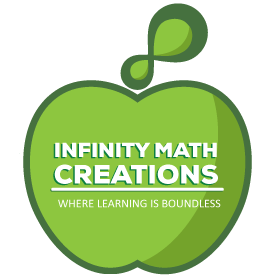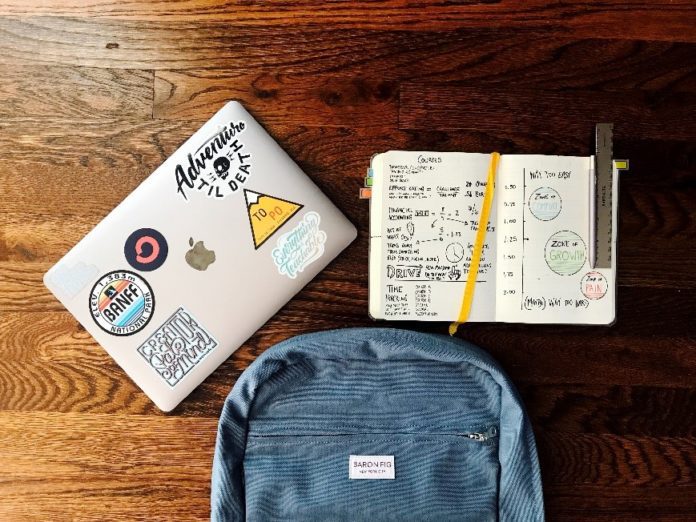After this pandemic, nothing will remain the same. It has already been more than two years since COVID-19 has overtaken the whole world. It has not only affected our school activities, but has also impacted our lives. This pandemic has affected the world and it will take some time to regain & back to school activities’.
Education can’t be left behind when discussing the effects of the pandemic. Educational institutes were forced to adopt a virtual model…and students started losing their interest. Outside the digital world, there was no interaction between the students and teachers.
As a result, it will be a challenge for teachers to bring normalcy back to the classroom. Back to school activities are more important than ever to engage your students after 1 1/2 years of no face-to-face interaction.
Back-to-School Activities for Math Teachers
If you will be back in the physical classroom full time, below are some back to school activities that can help retain your students’ interest and attention during math lessons.
Learn the Names- Let Them Make Name Tents
The first priority of any teacher should be to learn the names of their students. After a year and a half away from the classroom, you have to get back into the groove of establishing a personable relationship with your students.
Think out of the box, and get creative the first week of school. Make it fun to learn everyone’s names! You can ask your students to make a name tent. Students can place their name tent on their desks, which makes it easier for you to learn their names. It also allows them to show to show off their personalities through art.
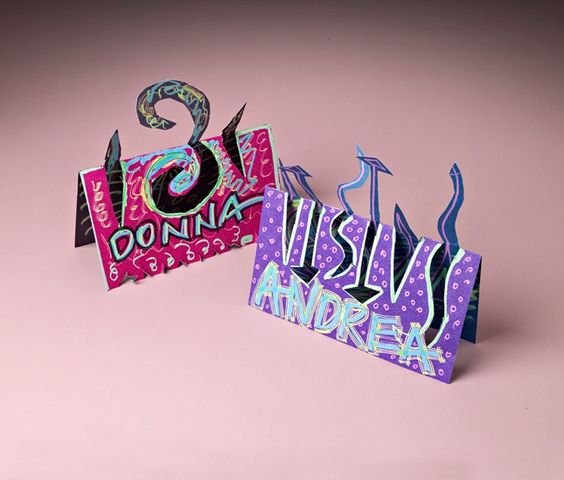
Name tents are a simple technique to boost student interactions and establish connections. When you know your students by their first names, something amazing happens.
It’s not the same as saying “hello friend” or “hey honey.” This a grade flexible activity, and works wonders for grades K-5!
Dice Activity- Learning the Numbers

Using dice in math is a creative technique. Students can have fun learning concepts, be it basic operations, algebra or probability. Plus, students love meshing games with math!
Dice are a very flexible application for drilling students to mastery on many math topics.
For example, with grades 1-3, you can have your students roll two dice. Then ask them to add up the numbers and write down the sum on their notebook. This way, students learn both numbers and addition.
For middle back to school activities, you can have the students roll numbers to place into algebraic expressions. They can evaluate these expressions, and learn how to implement orders of operations at the same time!
Understanding Geometry- Give Them Jigsaw Pieces
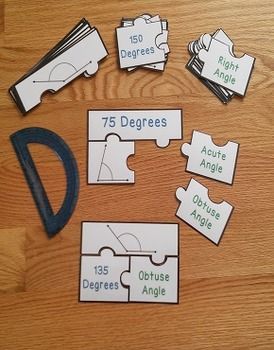
Geometry is a branch of mathematics that troubles students a lot. It is very visual, and requires students to learn how to decipher the interactions between lines, angles, lines and polygons.
You create a strong base with geometrical shapes when your students know the properties of these shapes. Being able to identify the similarities and differences between different 2D and 3D shapes in essential!
One effective geometry activity is to cut out jigsaw pieces of pictures of geometric concepts, and then ask your students to match those puzzle pieces with the name/definition pieces.
You can create jigsaw pieces of lines, angles and polygons. When matching the pieces, students can get a basic idea of polygon properties and angle rules.
Use Lego- Give Them a Task to Use Number of Legos to Make a Shape
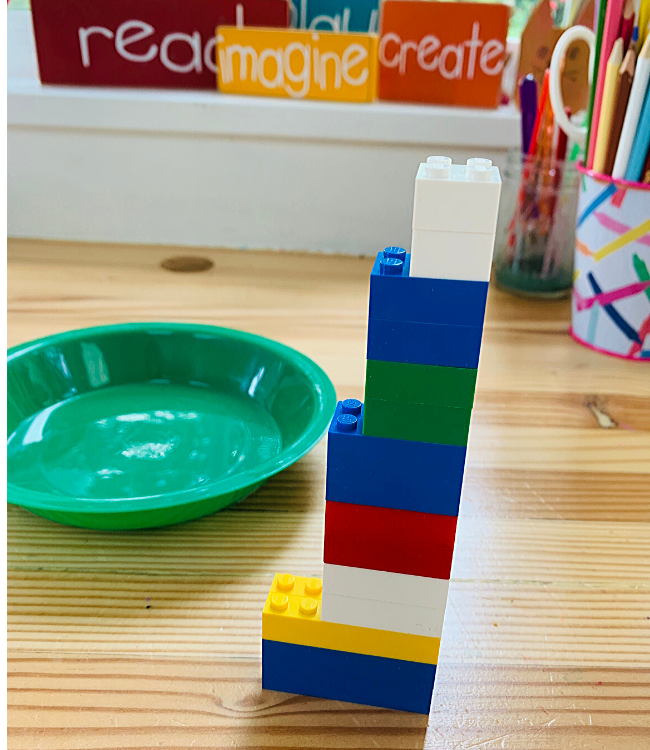
Math with LEGO is awesome for helping students learn subtraction and addition. Your kids can make different shapes and numbers with LEGO, and then ask students to either subtract LEGO from or add LEGO to that shape. This idea can be innovated and used for multiplication and division too.
The possibilities are endless! LEGOS are perfect for number recognition, place value, adding, subtracting, and more!
Multiplication Activity- Draw a Flower With 10 Petals
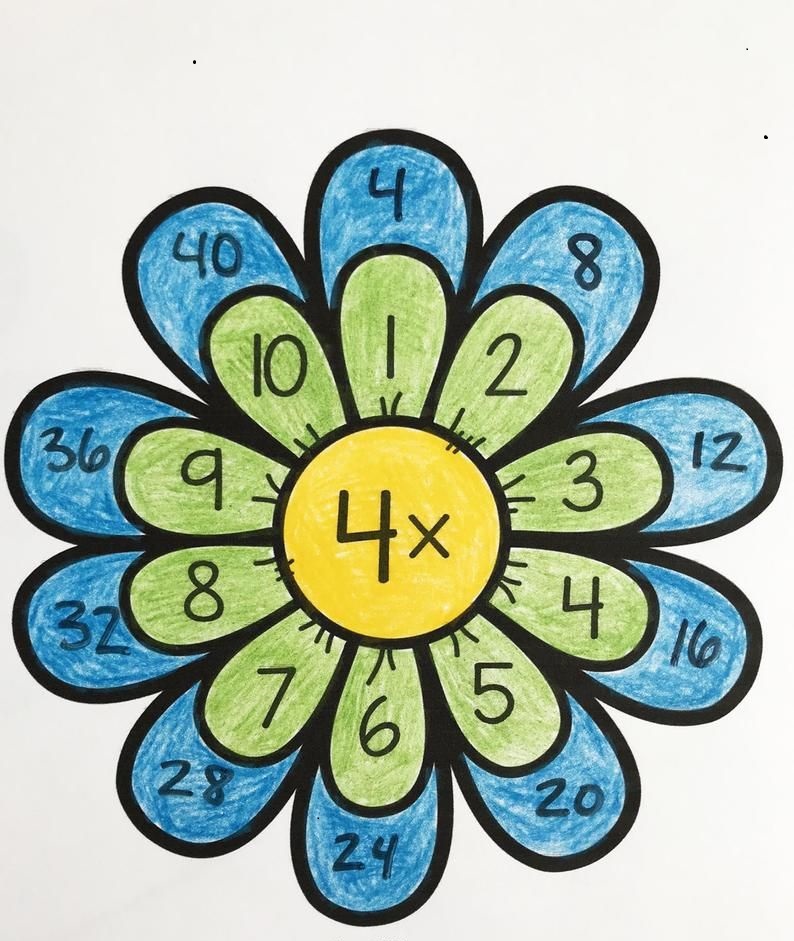
Surprise your students with a craft activity that teaches multiplication! They may as well build their math foundation with colorful art.
A ten-petalled flower is a great way to help students learn times tables and patterns. Have your students draw a flower with two layers of ten petals in their notebook, or have them draw and cut out a physical flower with colored construction paper. If you want to go the extra mile and create a two-layered flower pattern for them to cut out, then that works too!
After they draw or build their flowers, ask your students to choose a number from 1-12 to write on the flower’s pistil (aka middle part of the flower).
In the first layer of petals, they will write the numbers 1-10. On the second layer, they will write a multiple of the number in the middle.
That multiple will be placed on the petal that is next to its accompanying factor in the first layer. For example, if the middle number says 7, and a first layer petal says 5, then the petal in the second layer (next to 5) will be 35.
Let your students go to town with the colored pencils and crayons. Give them at least 5 flowers to color and fill in with patterns. This is an awesome way for students can learn multiplication through colorful patterns!
Racing Cars- Measure How Far Your Car Went

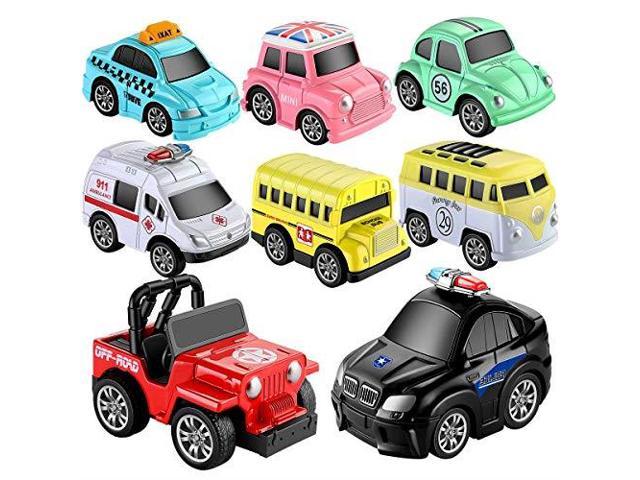
Thrill your math class with toy cars! Cover measurement requirements with these cute toys. Ask your students to bring a toy car to class and set up a race activity. Place your students in pairs, and have them race their cars against each other.
Wherever each car stops, students then will measure the distance their respective cars traveled. You can have them measure in different units, so that they can learn unit conversions also!
Go to the Ground- Let Students Play and Count
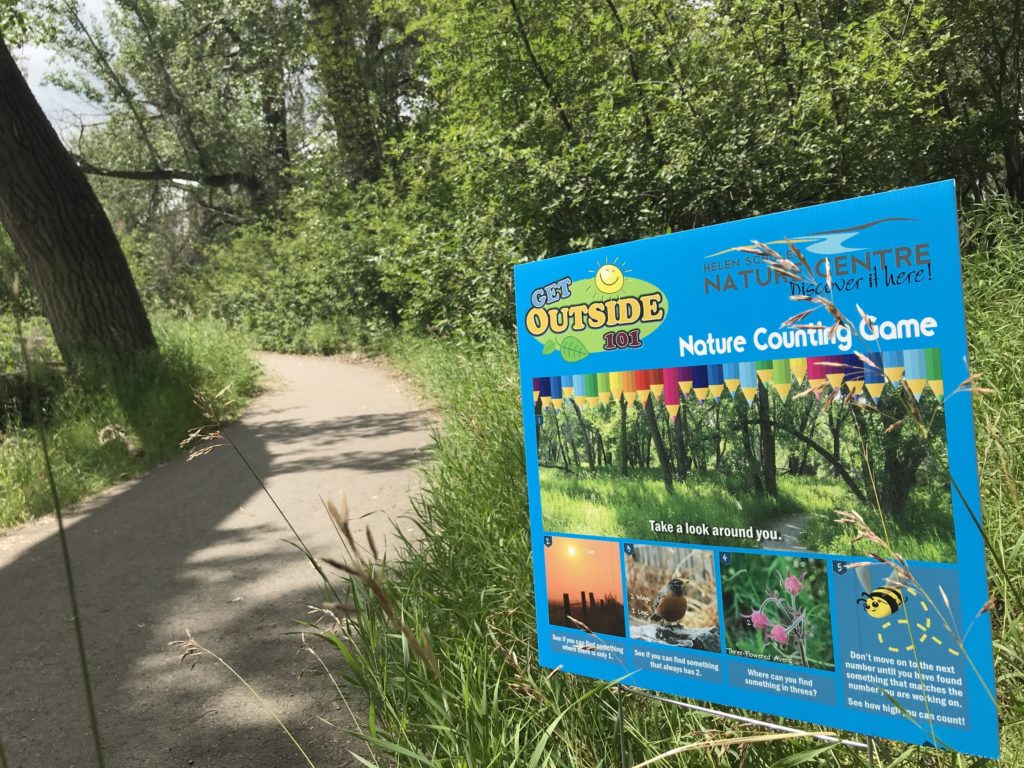
Every once in a while, mesh your math lessons with nature. Take your students to a park, and make it a classroom. Create a math exploration game for your students to play. Pick any object from the ground; a stone, a flower…anything.
Then give your students three minutes to count that object that is on the ground. Whichever student counts the most objects in the time of three minutes wins! This works great with preschool, kindergarten and 1st grade!
Conclusion
No matter how long you have been a teacher, your back-to-school experience in the classroom will be different and more challenging during the 2021-22 school year.
Despite the challenges you face, you must think out of the box to bring life back into your classroom. You can do it! Get those creative juices flowingto keep your classes as engaging and interesting as possible. Happy teaching!
FAQs
The following math activities are creative ideas for your students:
1. Make name tents
2. Use dice with math games
3. Teach basic operations with LEGO
4. Use race cars to master unit measures and unit conversions
1. Use dice to teach addition–roll dice and add the numbers that appear
2. Use dice to teach multiplication–roll dice and multiply the number that appear
3. Evaluate algebraic expressions by replacing variables with the numbers rolled on dice
